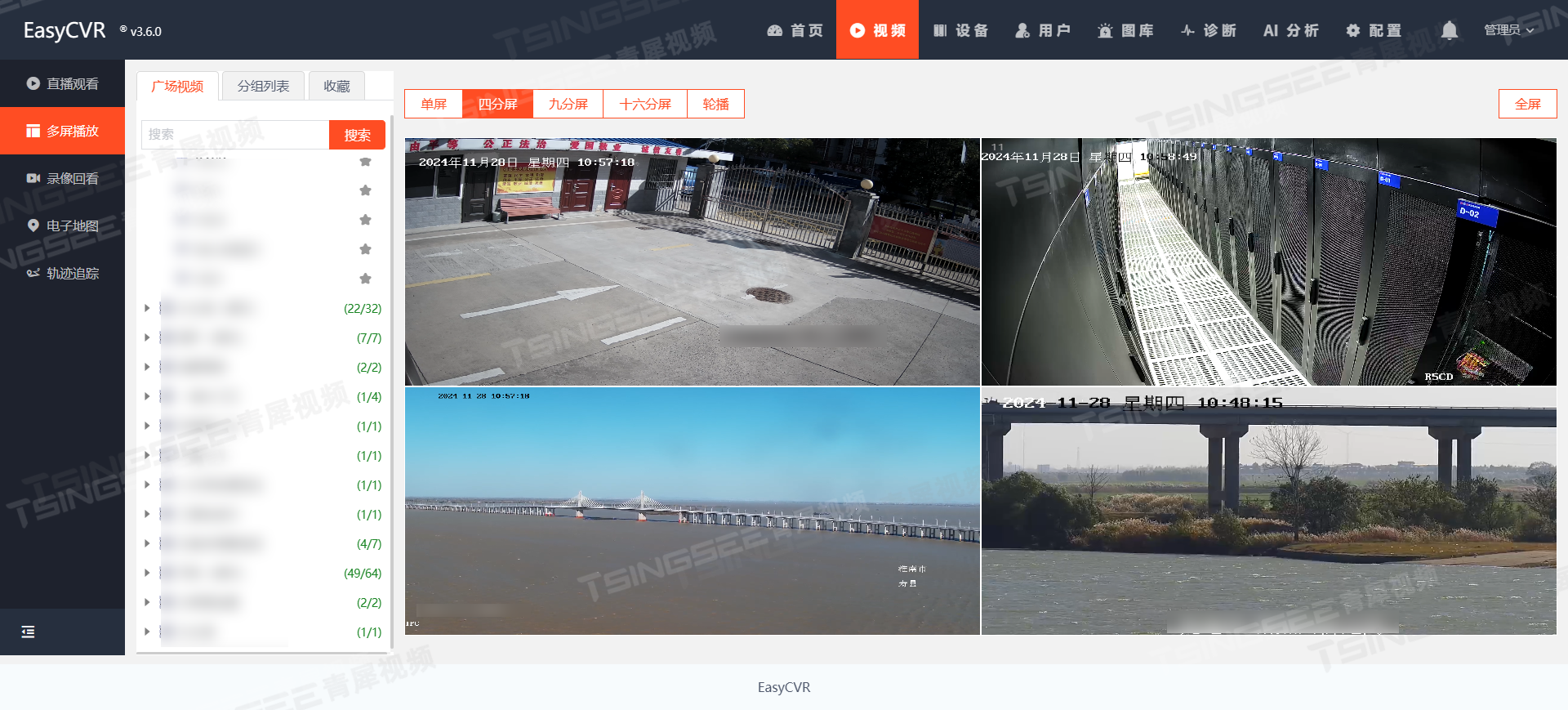1.现象如下:
Traceback (most recent call last):File "E:\spiders\caipiao.py", line 37, in <module>print(response.content.decode('gbk', errors='strict')) UnicodeDecodeError: 'gbk' codec can't decode byte 0xad in position 2708: illegal multibyte sequence
2.原因是编码不能处理特殊字符(即使你使用的编码是对的,但是他能解码大部分字符,却解决不了特殊字符的解码问题),所以特殊字符的处理出错应该被忽略掉,或者用特殊的字符代替,如下一个例子
import requests import chardet headers = {'Accept': 'text/html,application/xhtml+xml,application/xml;q=0.9,image/avif,image/webp,image/apng,*/*;q=0.8,application/signed-exchange;v=b3;q=0.7','Accept-Language': 'zh-CN,zh;q=0.9,en-US;q=0.8,en-AS;q=0.7,en;q=0.6','Cache-Control': 'max-age=0','Connection': 'keep-alive', 'Sec-Fetch-Dest': 'document','Sec-Fetch-Mode': 'navigate','Sec-Fetch-Site': 'none','Sec-Fetch-User': '?1','Upgrade-Insecure-Requests': '1','User-Agent': 'Mozilla/5.0 (Windows NT 10.0; Win64; x64) AppleWebKit/537.36 (KHTML, like Gecko) Chrome/131.0.0.0 Safari/537.36','sec-ch-ua': '"Google Chrome";v="131", "Chromium";v="131", "Not_A Brand";v="24"','sec-ch-ua-mobile': '?0','sec-ch-ua-platform': '"Windows"', } response = requests.get('https://www.cjcp.cn/kaijiang/', headers=headers) print(response.text)
1.用response.text 属性可以直接解码,没有问题
2.但是当我们使用预测的编码进行解码,依然出错,如:
print(response.content.decode(response.apparent_encoding))
3.使用编码检测后,用检测到的编码进行解码,依然出错
detected_encoding = chardet.detect(response.content)['encoding'] # # # 打印猜测的编码 print(detected_encoding) # # 根据猜测的编码解码 decoded_content = response.content.decode(detected_encoding)# 打印解码后的网页内容 print(decoded_content)
2.分析原因:
1.第一个问题,其实三种情况用的其实是同一种编码区解码,为什么后面两种不行呢?
2.看下第一种情况下的源码,看下标红的那行代码,就是她在转成字符串的时候,用空白字符策略替换不能解码的字符了,所以他能正常解码
@propertydef text(self):"""Content of the response, in unicode.If Response.encoding is None, encoding will be guessed using``charset_normalizer`` or ``chardet``.The encoding of the response content is determined based solely on HTTPheaders, following RFC 2616 to the letter. If you can take advantage ofnon-HTTP knowledge to make a better guess at the encoding, you shouldset ``r.encoding`` appropriately before accessing this property."""# Try charset from content-typecontent = Noneencoding = self.encodingif not self.content:return str('')# Fallback to auto-detected encoding.if self.encoding is None:encoding = self.apparent_encoding# Decode unicode from given encoding.try: content = str(self.content, encoding, errors='replace')except (LookupError, TypeError):# A LookupError is raised if the encoding was not found which could# indicate a misspelling or similar mistake.# # A TypeError can be raised if encoding is None# # So we try blindly encoding.content = str(self.content, errors='replace')return content
3.解决问题,依葫芦画瓢,忽略特殊字符,或者用空白字符替换完都能正常处理
print(response.content.decode('gbk', errors='replace')) print(response.content.decode('gbk', errors='ignore'))
4.题外话,我们后面两种解码方式不行的原因是因为他执行了严格模式,当解码出错,会进行报错吗,等同于
print(response.content.decode('gbk', errors='strict'))
5.策略都有哪些
在Python中,.decode() 方法的 errors 参数允许你指定如何处理解码过程中遇到的编码错误。以下是几种常见的错误处理策略及其描述:'strict':这是默认的错误处理策略。如果遇到任何编码错误,将抛出 UnicodeDecodeError 异常。'replace':如前所述,将所有无法解码的字节替换为一个占位符(通常是 Unicode 替换字符 ``)。'ignore':忽略所有无法解码的字节,这意味着这些字节将不会出现在解码后的字符串中。'xmlcharrefreplace':将无法解码的字节替换为 XML 特征引用(例如,&#nnnn;)。'backslashreplace':将无法解码的字节替换为它们的反斜杠转义序列(例如,\xhh)。'namereplace':将无法解码的字节替换为它们的 Unicode 名称(例如,\uXXXX 或 \U00000XXXX)。'surrogateescape':将无法解码的字节替换为 Unicode 代理对(surrogate pairs),每个字节被替换为一个 Unicode 代理项(在范围 \uD800 到 \uDBFF 之间)。'leftstrip':类似于 'strict',但会忽略开头的无法解码的字节。'strip':类似于 'strict',但会忽略所有无法解码的字节(开头、中间和结尾)。这些策略可以根据不同的场景和需求来选择,以确保数据的正确处理和解码。例如,如果你希望确保程序不会因为编码错误而中断,可能会选择 'replace' 或 'ignore' 策略。如果你需要保留所有数据,并且愿意处理可能的异常,'strict' 策略可能是更好的选择。











